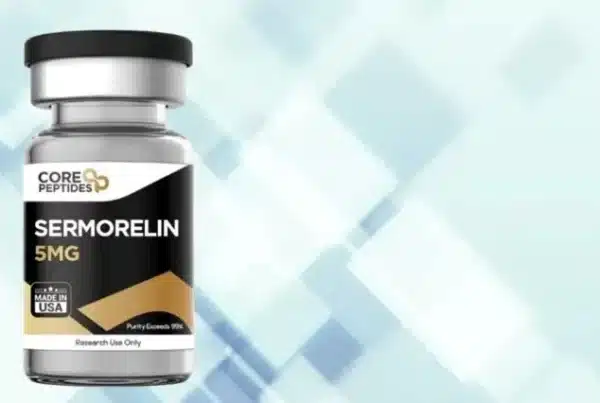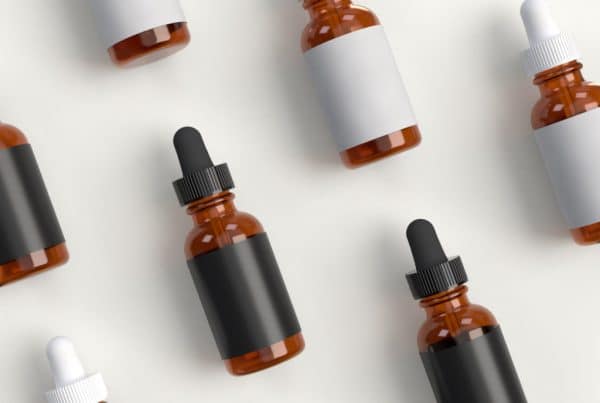Year round, our bodies absorb harmful rays from the sun and using sunscreen is a quick and effective way to protect you and your loved ones from possible skin conditions.
It is very important for everyone to learn how to stay protected while still enjoying the outdoors! Here are some quick facts about sunscreens, how they work, and what kinds of things you should be looking for when purchasing for yourself!
How do they work?
There are two main types of sunscreens out in the market:
Physical sunscreens contain active ingredients which contain the natural minerals Zinc oxide and Titanium dioxide. These provide a physical barrier between the harmful UV rays coming from the sun and your skin. These minerals are able to reflect UV rays. This prevents its absorption into your skin. These are often thicker and heavier compared to the chemical counterpart, which may leave white residue behind when applying onto the skin, which may make your skin appear slightly lighter in color.
Chemical sunscreens can be thought of as filters. They contain active ingredients such as avobenzone, oxybenzone, and homosalate. These ingredients readily absorb UV rays, providing your skin the desired protection. They are usually easier to spread around without leaving the typical white smear behind. They also come in different dosage forms, such as creams, lotions, sprays, and powders! All of them are equally as effective when applied correctly.
Did you know? Sunscreens can also be found inside many cosmetic products such as bronzers, foundations, even moisturizers. Most body sunscreens on the market have water repellant formulations which prevent the active ingredient from washing away off the skin.
Our tip? For best practice, apply onto skin about 15-30 minutes before going outside. Make sure you reapply every two hours for optimal protection even if your sunscreen boasts protection for greater than two hours. Remember to reapply immediately after towel drying.
Is there a difference between Kid’s and regular sunscreen?
The short answer is No. Because Children’s skins are more absorbent than adult skins, it is recommended that you use nonabsorbent, physical type sunscreens. They provide a physical barrier between the UV rays and the skin. The same is the case for babies. In the past, sunscreen was counter indicated for babes of six months or less, but recently the American Academy of Pediatrics said that it is safe to use physical based sunscreen. However, chemical ones should be avoided.
What is SPF?
SPF stands for Sun Protection Factor. It is a measure as to how well the sunscreen will protect you against a sunburn compared to when you are not using sunscreen. For example, an SPF 50 provides about 50 times longer protection against a sunburn compared to when you do not wear sunscreen. The sun emits two main types of rays: UVA and UVB. UVA rays penetrate deep into your skin, playing a role in wrinkle production. UVB rays are the ones which burn the skin and cause a multitude of skin problems such as skin cancer and skin damage. SPF specifically refers to how well the sunscreen can protect you against UVB rays.
Does my sunscreen expire, or can I use it forever?
Sadly, nothing lasts forever, and the same is true for sunscreens. Every sunscreen should have an expiration date written on the bottle label. It is good practice to always locate the expiration date right after purchase to make a mental note to replace it in the future! If in case your sunscreen does not have an expiration date written on the bottle, it is safe to assume that the sunscreen is usable for one year after opening.
Reef Safe Sunscreen:
Use physical type sunscreens containing Zinc oxide and/or Titanium dioxide as they do not affect coral reefs. However, avoid all chemical type sunscreens as they have the highest impact on ocean health. Coral reefs provide the foundation to oceanic ecosystem. Without healthy reefs, many of the current aquatic lifeforms would not be able to survive. Coral Reef bleaching is a result of chemical damage from many sources, such as global warming and chemicals found on sunscreens. Chemicals such as oxybenzone and octinoxate are responsible for coral bleaching, coral DNA damage, and many other harmful effects. A study in 2014 made by the Department of Global Change Research and the Department of Ecology and Coastal Management showed that titanium dioxide in sunscreens react with seawater to produce hydrogen peroxide. This results in the bleaching of coral reefs. For more information on coral reef health click here.
Best products to use and ones to avoid:
With so many brands and options out there, it can get incredibly overwhelming when selecting one for yourself. Research has shown that SPF 30 is more than enough to protect you from 97% of harmful UVB rays, however SPF 50 may offer slightly more protection as it protects against 98% of UVB rays.
Chemical sunscreens have the benefit of not leaving any white residue and are effective in the absorption of UVB rays; however, there are a lot of research studies raising concerns about the hormonal impacts that they have on humans. The one chemical we would avoid using is the chemical Oxybenzone. This compound has been shown to decrease testosterone levels in humans as well as alter different hormonal levels, especially in children. The use of octinoxate is concerning due to studies showing an impact on thyroid hormone production biological pathways. All chemical sunscreens have a high degree of skin absorption which could lead to systemic effects from long term use.
Did you know? Pregnant or breastfeeding women should avoid chemical-based sunscreens as there have been reports of rare birth defects due by their endocrine disrupting nature. A study performed by DiNardo et. Al. observed the effects of oxybenzone and is ability to cause Hirschsprung’s disease. Children born with this condition have problems passing stool as it affects the large intestine. The study found a direct correlation between oxybenzone exposure and rate of babies being born with Hirschsprung’s disease.
In general, it is safe to stick to physical sunscreens as they provide the most harmless protection for you.
The greatest benefit of physical sunscreens is that they have no skin absorption, which prevents systemic effects. Both Zinc Oxide and Titanium Dioxide have great UVB blocking effects while keeping your hormonal pathways untouched. There were concerns about Titanium Dioxide being a possible carcinogen when inhaled; however, these studies were only done in mice and cultured lung cells and it would not be accurate to correlate those results to day-to-day human exposure through spray-on sunscreens. Some people do tend to avoid physical sunscreens due to the white residue they leave, so it comes down to preference whether or not you want a spray-on or a cream-based sunscreen.
After analyzing the differences between the two types of sunscreens, we would highly recommend the use of mineral based, physical products; both cream based and spray-on sunscreen dosage forms. Zinc Oxide and Titanium Dioxide are the only FDA approved chemicals for the safe and effective use to protect against UVB rays.
Preston’s pharmacy offers a great selection of mineral based sunscreens such as VANICREAM Sunscreen Spot Broad Spectrum SPF 35 with 80 minutes of added water-resistant action, Coppertone Pure and Simple Face SPF 50 lotion, and CeraVe Hydrating 30 SPF Face.







